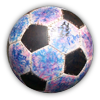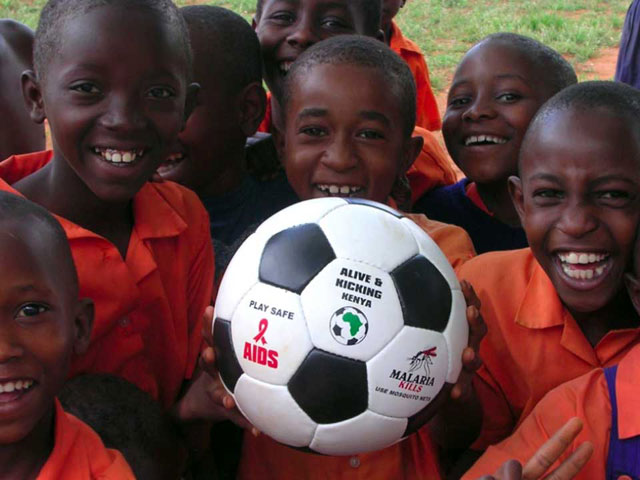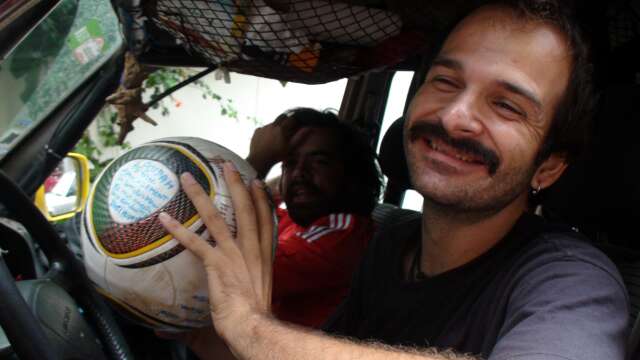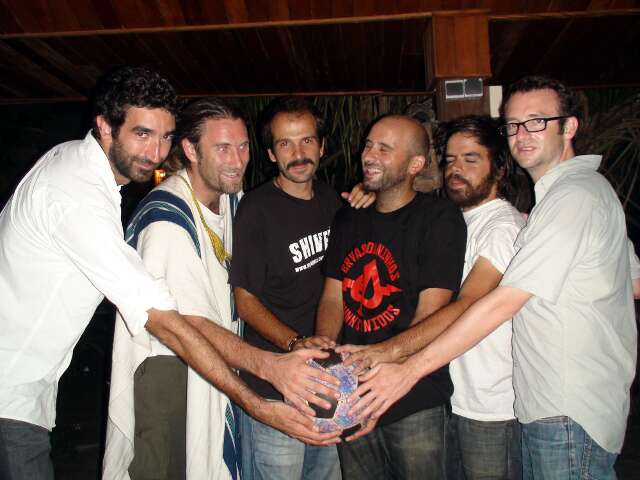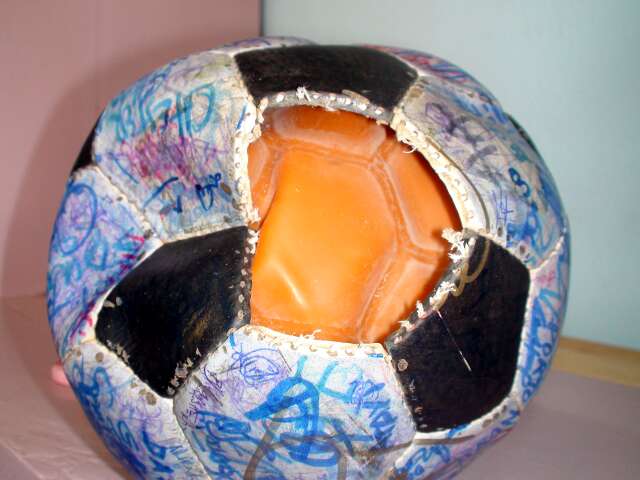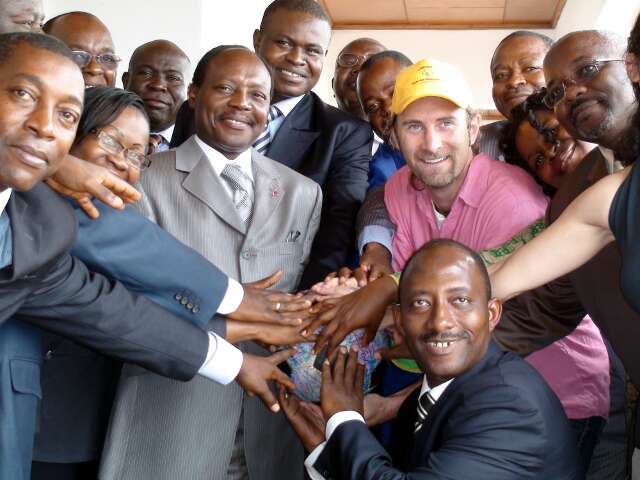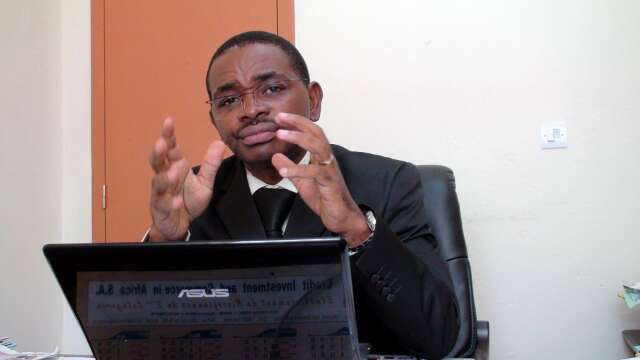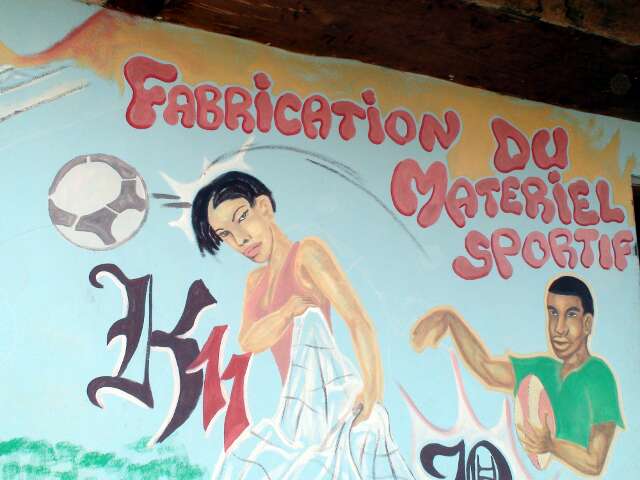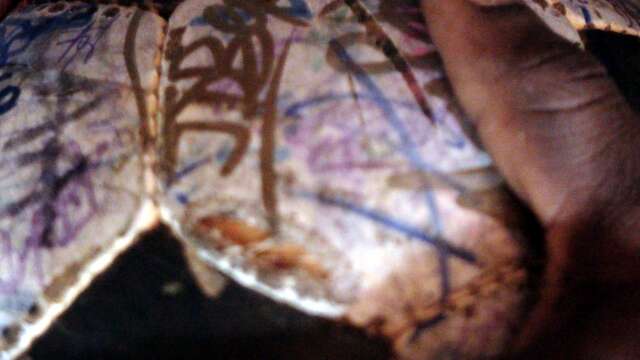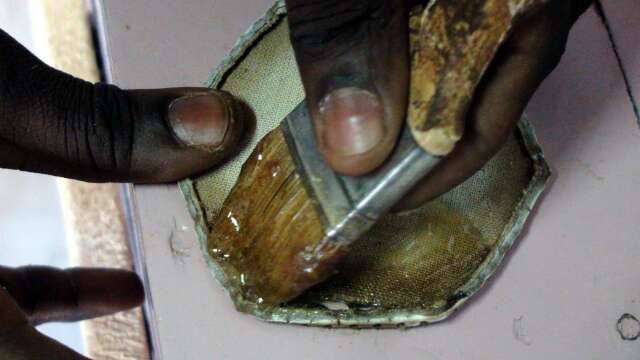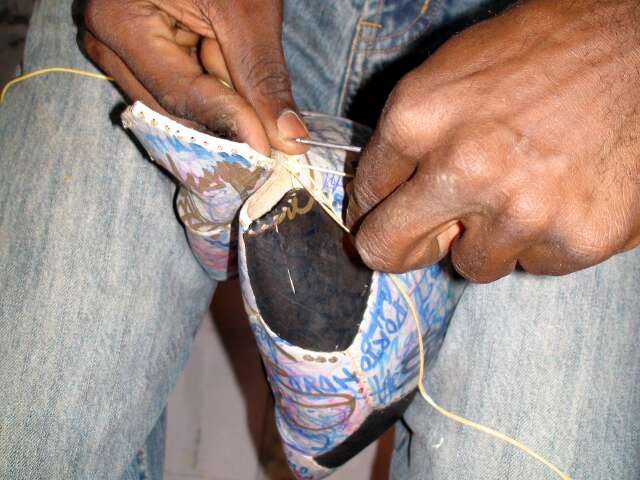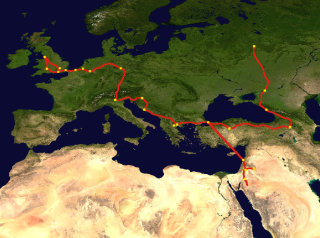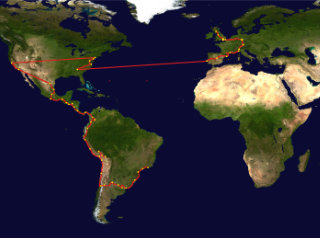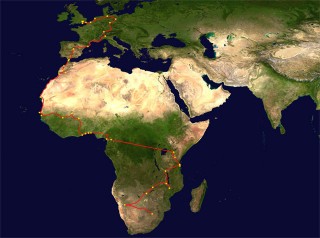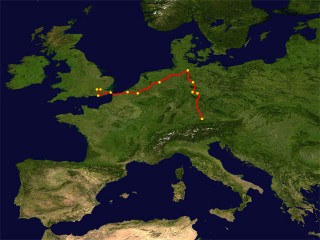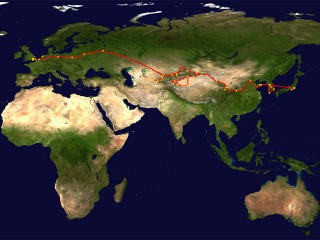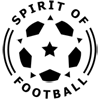I’m sitting in the internet cafe at the German Seaman’s Mission, our accommodation in steamy Douala. It is the last night for The Ball in Cameroon. As I frantically type an e-mail and organise the next leg of the mission, I hear someone utter the name Roger Milla. I swing around and see a southern European gentleman, unshaven, sporting what looks like a 1970’s porn star moustache, talking to two others. Our eyes meet. Do we know each other?
Back in Casablanca in February, Nicole Matuska had told Christian and me about a group of Portuguese journalists who were also on a trip to the World Cup. Phil and I heard more about them from a young Portuguese lady one boozy evening in Ouagadougou. A week later in Abidjan, at a visit to the famous football academy of ASEC Mimosas, they came up once again. It seems inevitable that our paths would cross.
“Are you from Portugal?” I ask. “Yes,” comes the response. “Are you going to the World Cup?”, “Yes” again. “Roger Milla is not in Yaounde,” I say. A knowing look — You must be from Spirit of Football.” It turns out that we know about them and they know about The Ball. And, what’s more, there are three French guys on another journey to the World Cup who are also in town. It’s going to be a World Cup trip dinner tonight.
The Portuguese journey started in Lisbon on the 9th of January. They have been on the road the longest. We kicked-off our journey on January 24th in London. And the French trip, which is sponsored by TV Channel Voyager (France’s answer to the Discovery Channel) began on the 6th of February in Paris.
The Portuguese are die-hard Benfica fans. I take great pleasure in taunting them about Liverpool (my team) having knocked Benfica out of the Europe League a few weeks ago. They talk about their emotional goodbye from friends and loved ones in Lisbon — it sounded dramatic. The final goodbye from hysteric, wailing mothers expecting never to see their children again — Africa would be the end of them, they thought.
The French duo’s farewell was not quite as emotional. They are an interesting pair. One of them is a football fan. The other hates football but loves Africa. Their story is one of anti-football and pro-football contrasted against an African backdrop. “Are you falling in love with football” I ask the non believer. “Not really” comes the reply, “but I can understand it more.” “Are you falling in love with Africa” I ask the other, “Yes,” the emphatic answer. The love of Africa and of travel and mostly of football is what brings us all together. Sharing common themes through very different experiences.
We talk about life on the road in Africa, the ups and downs, the near misses, the pressures of reporting the journey. We go our separate ways, but not before making optimistic plans to meet up again with the Portuguese in Zambia, the French in Namibia and the Portuguese again in Johannesburg on the eve of the Opening Ceremony.
All roads here lead to the World Cup.
“Oh, a Kenyan ball,” said the Cameroonian Minister for Youth and Sport. “Next time, you should use a Cameroonian ball.”
Overcoming his surprise, the Minister then tells us about the Cameroonian Society for the Employment of Youth (RIFMAS) which runs a programme called Fabrication du Materiel Sportif.
“We employ youths to produce footballs and nets. We have 35 employees in four regions of the country. We produce footballs because the public demands them. We sell the balls produced to schools at a very good price.”
The Minister insists that we meet Levi Herve Oyono, the Director of RIFMAS. Andrew tells Levi that The Ball was hit by a car in Abidjan and taken to hospital, where it was bandaged up.
“Ah, you can get it repaired at our stitching centre,” says Levi, as he inspects The Ball.
“No,” says Andrew, “it’s going back to Alive & Kicking in Kenya to be restitched. The panels can’t be replaced, but could The Ball get a patch?”
“Okay, no problem,” comes the reply. “You can visit our workshop in Yaounde.”
The next day, we arrive at Fabrication du Materiel Sportif. The Ball Doctor is waiting for us. His name is Bekala Florent Esto and, with practiced hands, he slowly and gently examines The Ball’s wound.
His diagnosis? “I’ll remove this panel and stitch a patch of leather over the wound. It is a great pleasure for me to repair this great ball. I heard about The Ball on the radio and I am honoured to do this.”
With the care of a professional surgeon, The Ball Doctor removes the damaged panel, and glues a carefully cut strip of leather over the hole on the panel’s underside. Then, he stitches the leather strip on to the panel and the panel back on to The Ball. It is a fine operation and shows his splendid skill and craftsmanship.
The Doctor weighs The Ball in at 3.5kg. Fit as a football. He pumps The Ball up and it’s ready for use again. Its roundness is even back once more. He measures it as 76cm.
“Slightly oversize,” he says.
It’s quite unusual for a patient to get a good kicking after an operation, but in this case, that’s exactly what happens.
